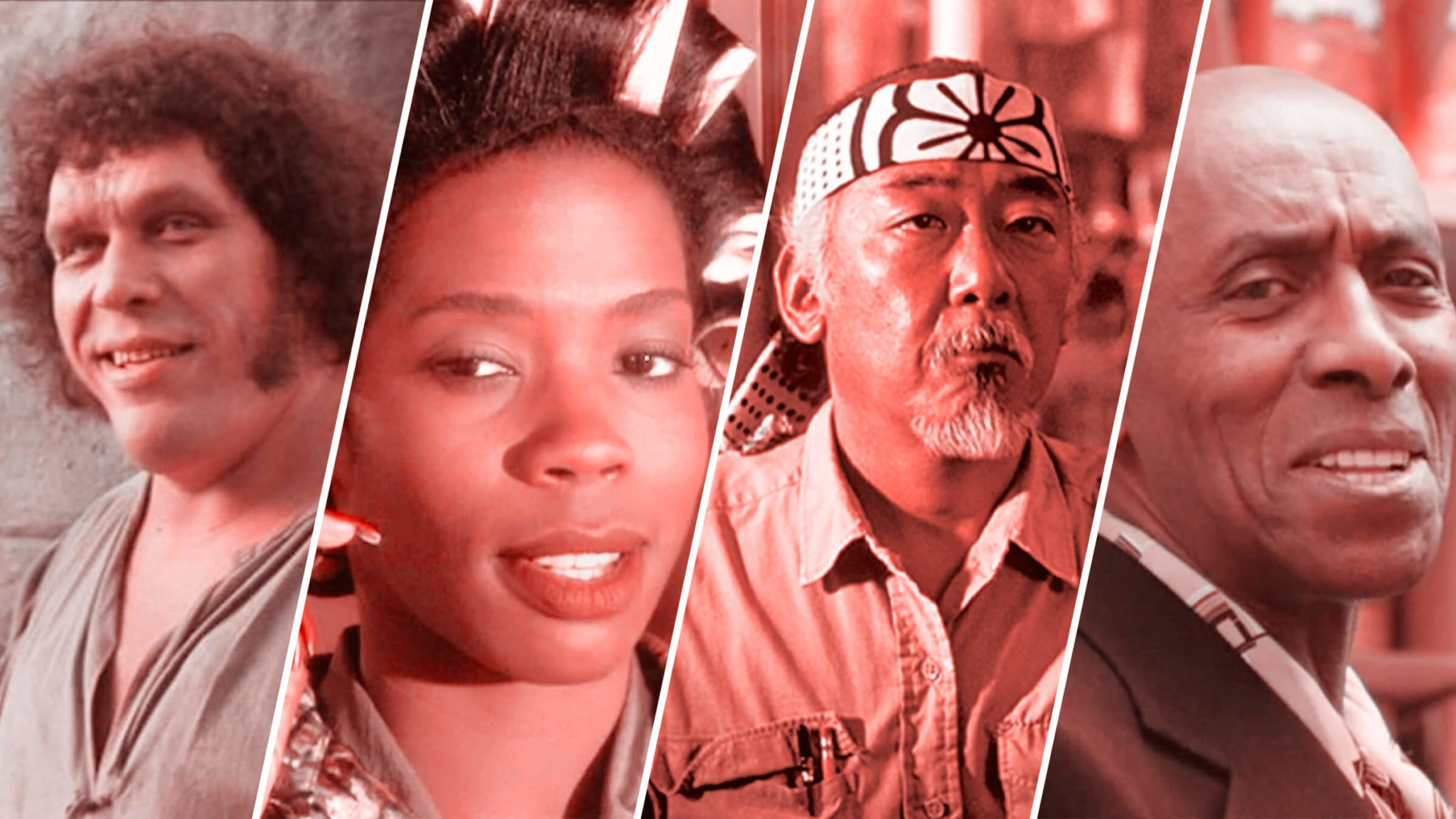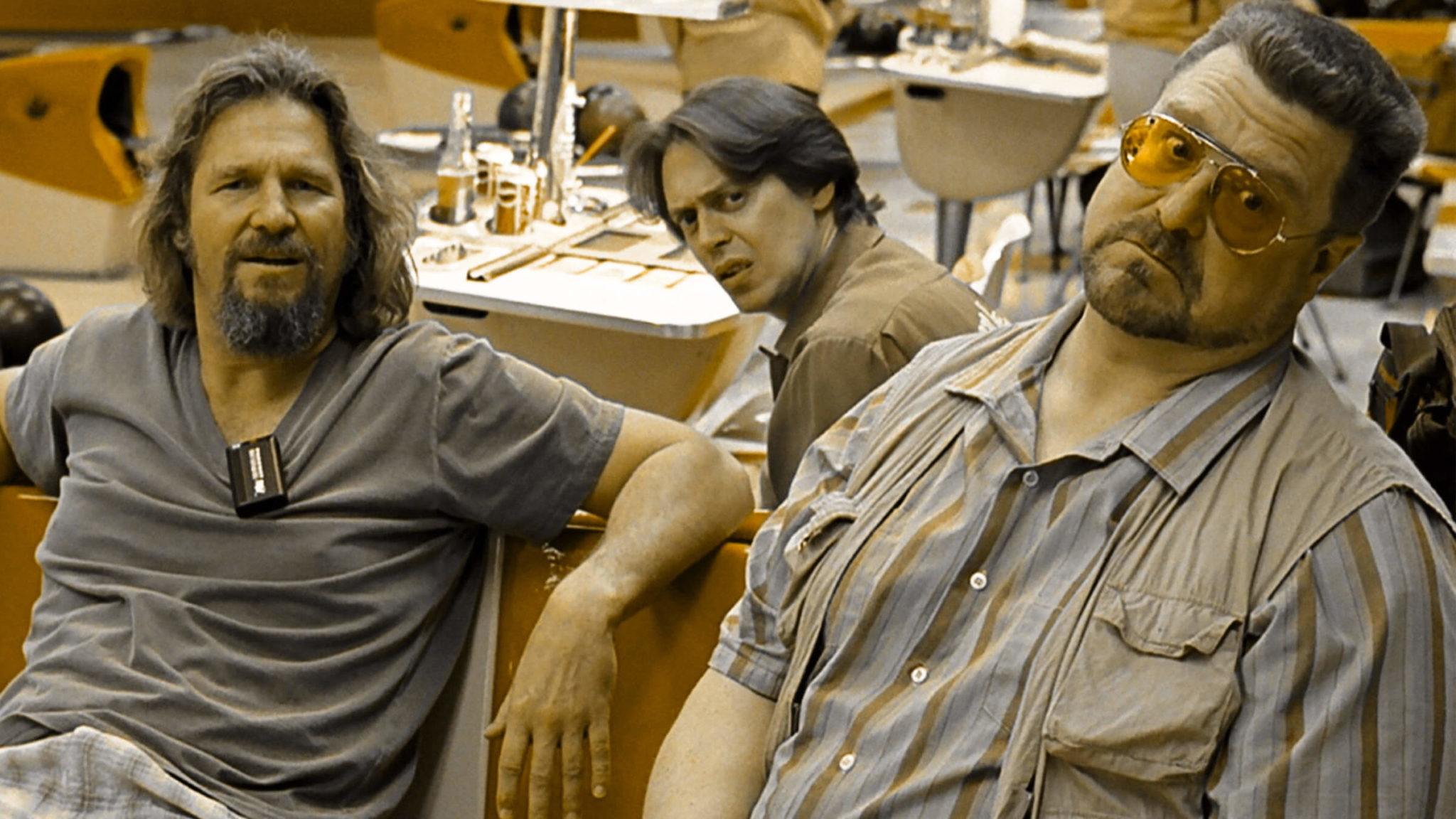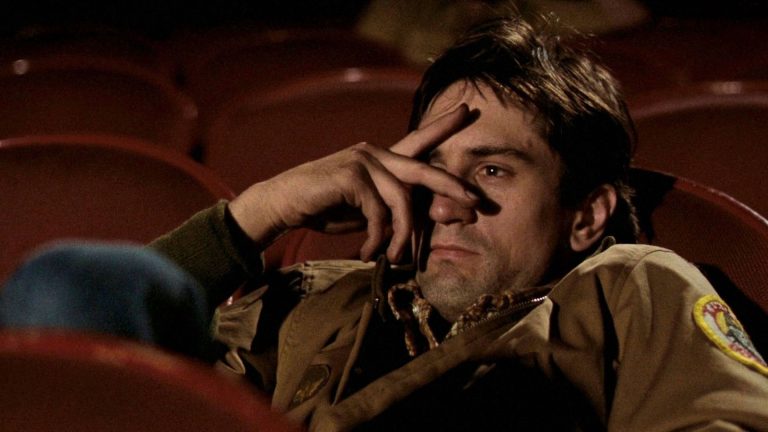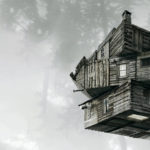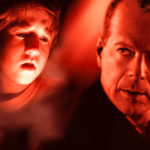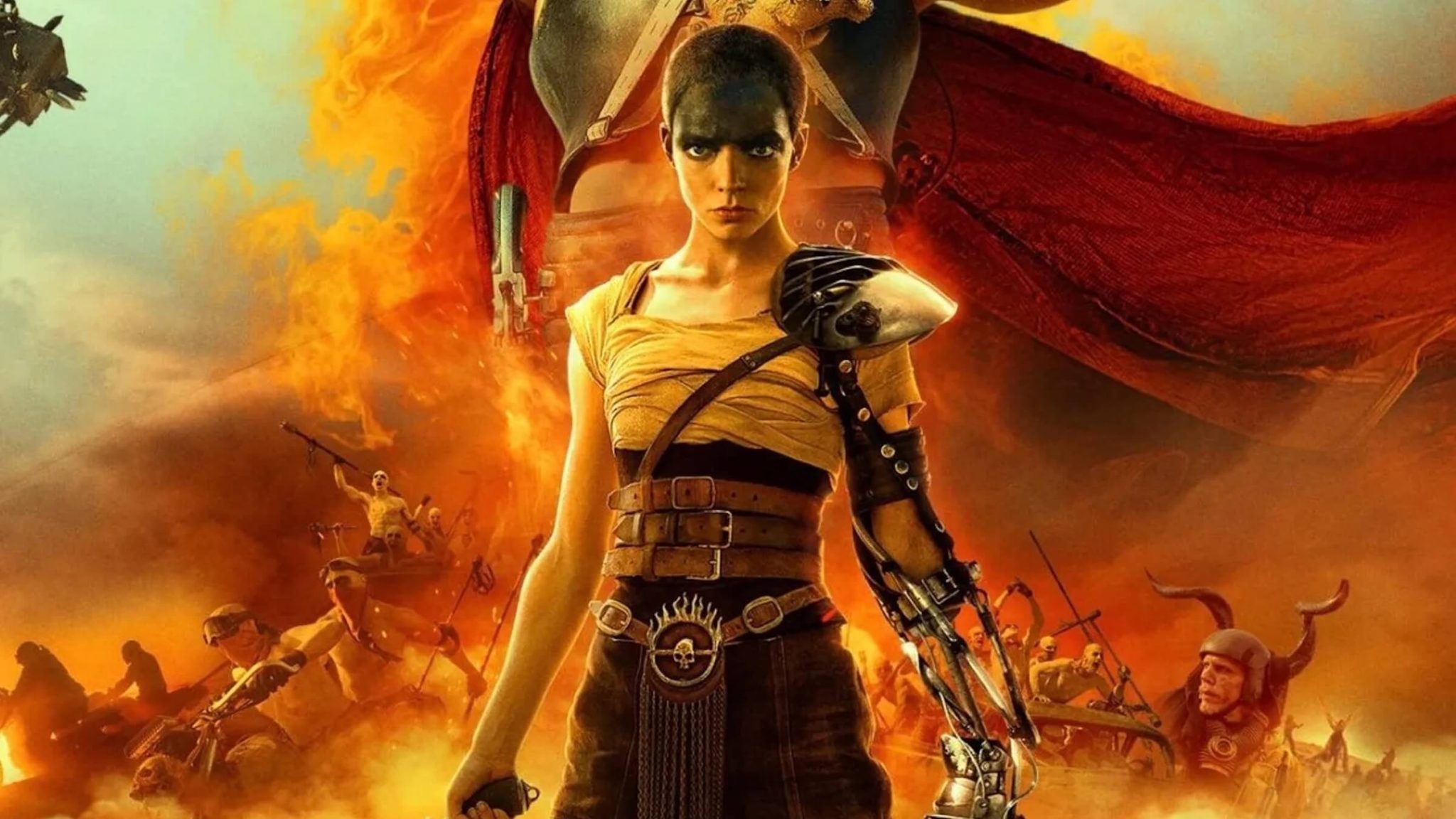How to Write a 'Cinematic' Book Hollywood Will Love

Long before movies, we had novels. Some credit 1605's Don Quixote as the birth of the contemporary novel of civilized times, while others point to Murasaki Shikibu's 10th-century Tale of Genji as the first. The point is, cultures all over the world have created thousands of great fiction novels over the centuries in every genre and every theme from horror, war, love, and comedy. Novels were simply one of the best ways to tell a story.
Until movies came along.
Hollywood still wants to read your book. They just need the story to translate to the screen. Here's a deep dive into what makes a book "cinematic," and how you can write story that's perfect for adaptation.
Table of Contents
- The difference between novels and screenplays
- What makes a cinematic book cinematic?
- 5 elements of a 'cinematic' book
- A dominating amount of external character dialogue, actions, and reactions
- Cinematic novels have smaller story windows
- Cinematic books have streamlined timelines that offer a more cinematic experience
- Cinematic books have swift description and pacing
- Novels that cover subject matter that matters for the average moviegoer
The difference between novels and screenplays
In fiction books, the author has a direct line to the imagination of the reader. Writers have to give readers enough visual descriptions and cues to prompt the reader's imagination to build the scene. But in movies, it's a visual medium. The process only starts with writing. The screenplay works as a blueprint for filmmakers to make those visuals come to life on the screen before an audience's eyes.
The literary industry is still going strong, but the film and television industries have merged with publishing companies to make novels come to life through film and TV adaptations. Visual adaptations, to be exact. As a result, we can't help but see the reverse-effect that movies and television have had on literary fiction.
What makes a cinematic book cinematic?
Publishers and readers alike enjoy a great cinematic book. We hear the term and read the term in book reviews and editorials on the publishing industry hits. And if a novel is a hit, the first thing people want is a film adaptation. Thus, the publishing industry loves cinematic books — as does Hollywood because intellectual property is all the rage.
But what makes a book cinematic? If authors are trying to write cinematic books to entice publishers to publish them, what can authors do to ensure that they're checking certain boxes? Yes, in the end, the best advice for any writer is to trust your instincts, tell the story the way you want it to be told, and let the chips fall where they may. But sometimes it's good to play the publishing game and give industry insiders what they want. It's that age-old compromise — one for them, one for you.
On a side note, how can screenwriters find novels to adapt that are best suited for the screen? Here are five key elements to look for in a cinematic book or potential adapatation.
5 elements of a 'cinematic' book
A dominating amount of external character dialogue, actions, and reactions
The most basic sign of a cinematic book is narrative prose that utilizes the external character's actions, reactions, and emotions throughout most of the manuscript.
The major difference between a novel and a film is the way the story is communicated. Novels have the freedom to delve inside the thoughts and emotions of the characters. Movies can't do that without voiceover narration. And because movies are a visual medium, that's often frowned upon. Audiences want the story to be told through actions, reactions, and external dialogue. If they wanted internal dialogue, they'd go read a great book.
So, a novel that delves less into the characters' internal thoughts and feelings and instead focuses more on showing (in literary form) than telling is a sign of a cinematic read. But sometimes, even that isn't enough to be a true cinematic book.
Cinematic novels have smaller story windows
In the film Lincoln, Steven Spielberg could have tried to depict the whole presidency of Abraham Lincoln, but wisely decided on choosing a smaller story window within his presidency — in this case, Lincoln’s struggle to emancipate the slaves.

Some novels are difficult to adapt because there are often so many timelines, characters, and events in play.
The Lord of the Rings trilogy of books was once considered unfilmable. Why? Because the story covers the span of nearly 20 years. Yes, the book's actual main events only take place in about 11 months, but even that is a long stretch for a cinematic experience. It worked out well in the end — cinematically — with three successful films. However, few people would have called the books 'cinematic.' It took half a century for them to be adapted by Hollywood.
When you condense the story's scope by finding a smaller story window, it emulates a cinematic experience more. So literary stories that take place over the course of a day, a week, or few weeks fall into that cinematic category.
Cinematic books have streamlined timelines that offer a more cinematic experience
In The Two Towers, Tolkien spends 200 pages with one set of the Fellowship. Then he goes back in time to cover Frodo and Sam's journey into Mordor. This would be a questionable narrative structure choice in a film. The cinematic option would be to cut back and forth between those storylines. That would offer a more streamlined cinematic feel.
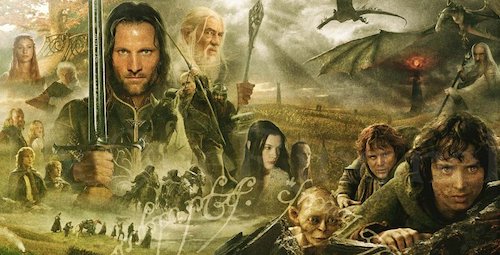
A cinematic book handles the structure of the story in a more streamlined fashion. This helps to keep the reader focused on the chronology structure of the narrative, much like an audience member trying to keep track of the story on the screen. When you keep the timelines between different storylines simple and in chronological order, you have a more cinematic book.
Cinematic books have swift description and pacing
The prime example of a novel with cinematic pacing is Cormac McCarthy's The Road — which was quickly adapted into the excellent Viggo Mortensen film of the same name. This novel is perhaps one of the most cinematic literary stories ever written. It feels like an extended screenplay.
The prose is swift in its visual description, detailing quick actions that the characters take. It lays out the landscape of the story without the need to go too far into visual description. You get a line or two, and then it's onto the next visual, and the story moves along quickly.
The New York Times review of his novel states:
The Road is a dynamic tale, offered in the often exalted prose that is McCarthy’s signature, but this time in restrained doses — short, vivid sentences, episodes only a few paragraphs or a few lines long... it does seem that he has put aside the linguistic excesses and the philosophizing for which he has been both venerated and mocked — those Faulknerian convolutions, the Melvillean sermonizing — and opted for terse dialogue and spartan narrative, a style he inherited from another of his ancestors, Hemingway, and long ago made his own.
"Short, vivid sentences. Episodes only a few paragraphs or a few lines long." If you want the prime example of a cinematic book, look no further than Cormac McCarthy's The Road.
Novels that cover subject matter that matters for the average moviegoer
The wonderful element of novels is the freedom they offer to all potential authors. The sky is the limit, subject-wise. If you want to write a story about the journey of a rock along the ocean floor as it makes its way from one continent to the next, go for it. However, if you want to tell a cinematic tale, it needs to appeal to the masses visually.
Hollywood loves:
- Unique characters
- Historical figures
- Intriguing mysteries
- Mesmerizing worlds
- Inspiring stories of the human soul
Hollywood loves those subject matters because audiences love them. And if your novel, novella, or short story has that — and some of the elements above — you have a cinematic book.
If you have a cinematic novel, take the next step in your writing journey and enter your story into the ScreenCraft Cinematic Book Writing Competition. This genuinely unique writing competition is open to all types of stories and genres. And you don't even need a finished manuscript to enter (the first 50 pages) is enough.
Ken Miyamoto has worked in the film industry for nearly two decades, most notably as a studio liaison for Sony Studios and then as a script reader and story analyst for Sony Pictures.
He has many studio meetings under his belt as a produced screenwriter, meeting with the likes of Sony, Dreamworks, Universal, Disney, Warner Brothers, as well as many production and management companies. He has had a previous development deal with Lionsgate, as well as multiple writing assignments, including the produced miniseries Blackout, starring Anne Heche, Sean Patrick Flanery, Billy Zane, James Brolin, Haylie Duff, Brian Bloom, Eric La Salle, and Bruce Boxleitner, and the feature thriller Hunter’s Creed starring Duane “Dog the Bounty Hunter” Chapman, Wesley Truman Daniel, Mickey O’Sullivan, John Victor Allen, and James Errico. Follow Ken on Twitter @KenMovies
For all the latest ScreenCraft news and updates, follow us on Twitter, Facebook, and Instagram.
Get Our Screenwriting Newsletter!
Get weekly writing inspiration delivered to your inbox - including industry news, popular articles, and more!










